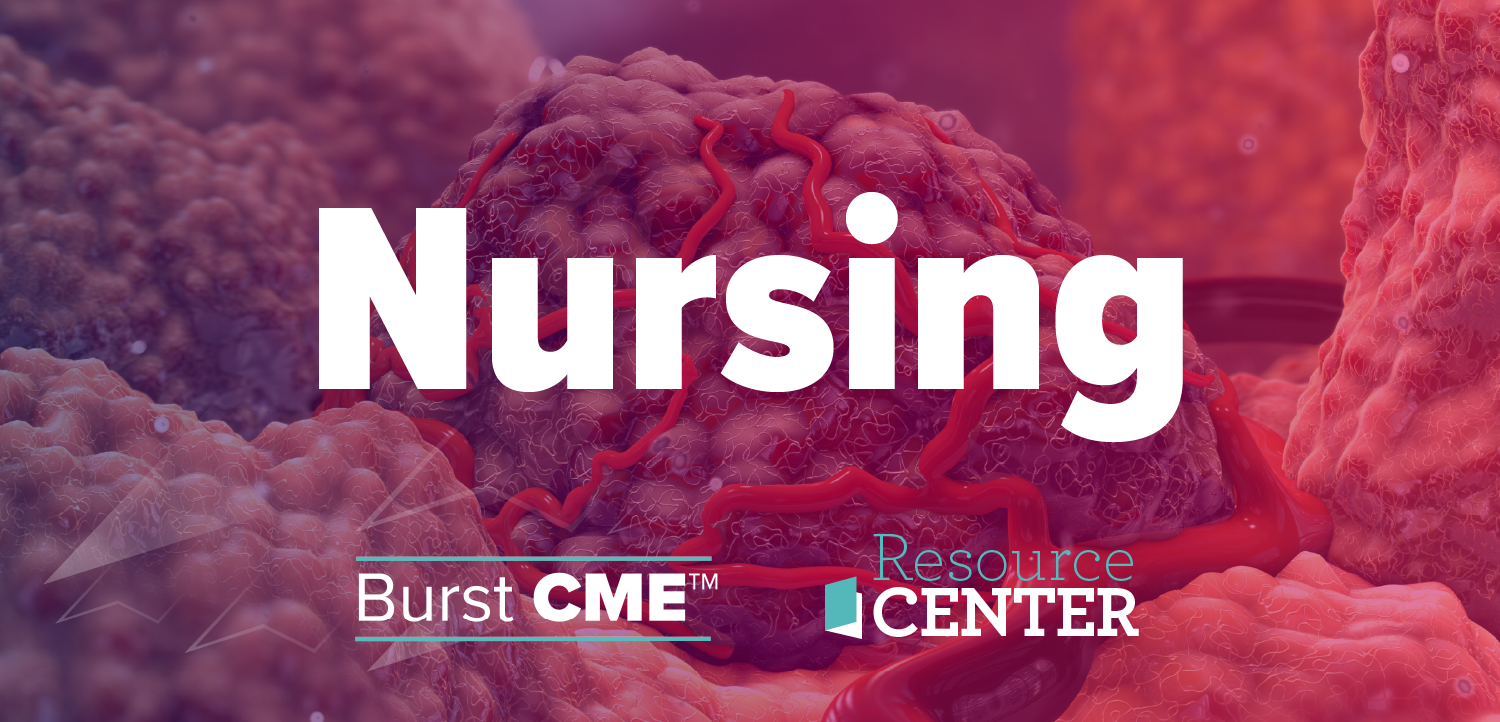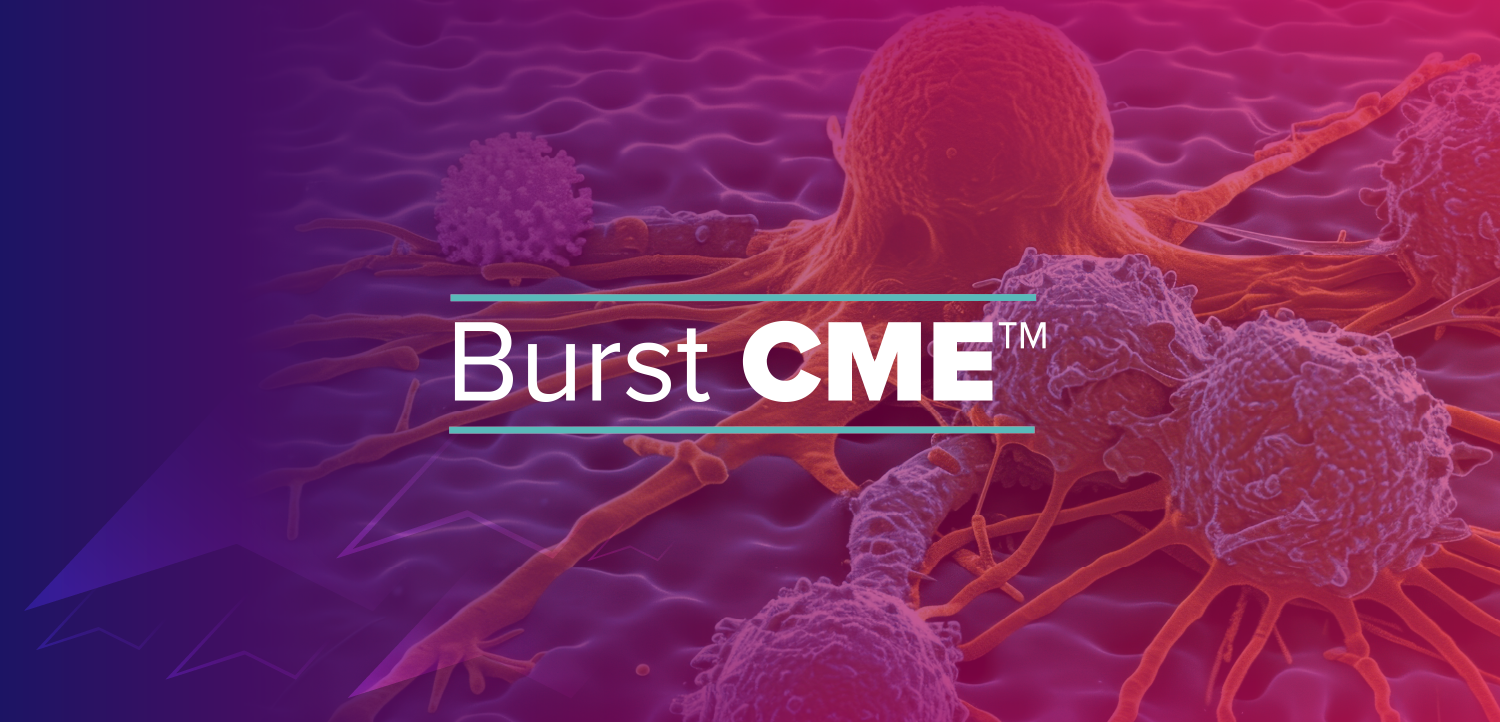
The two general treatment approaches for esophagel cancer are primary treatment (surgical or nonsurgical) or adjuvant treatment (preoperative or postoperative). Due to differences in the patient populations selected for surgical or nonsurgical therapies, which may bias the results against nonsurgical therapy, it is difficult to determine the best treatment approach for this disease. The standard of care is either surgery alone or primary combined-modality therapy. Based on a nonrandomized comparison of the data from recent intergroup trials, the results of these two approaches are similar. For patients treated without surgery, the intergroup INT 0123 trial will determine whether higher doses of radiation are of benefit. No clear survival advantage has been seen with preoperative or postoperative adjuvant radiation therapy alone or chemotherapy alone. The randomized trials comparing preoperative combined-modality therapy vs surgery alone reveal encouraging results for the combination approach but need further confirmation. For patients treated with combined-modality therapy, the ideal regimen remains to be determined. Part 1 of this two-part review, which appeared in last month’s issue, centered on primary therapy for esophageal carcinoma. This part explores the rationale for and results of adjuvant therapy. [ONCOLOGY 13(10):1415-1427,1999]



























































































